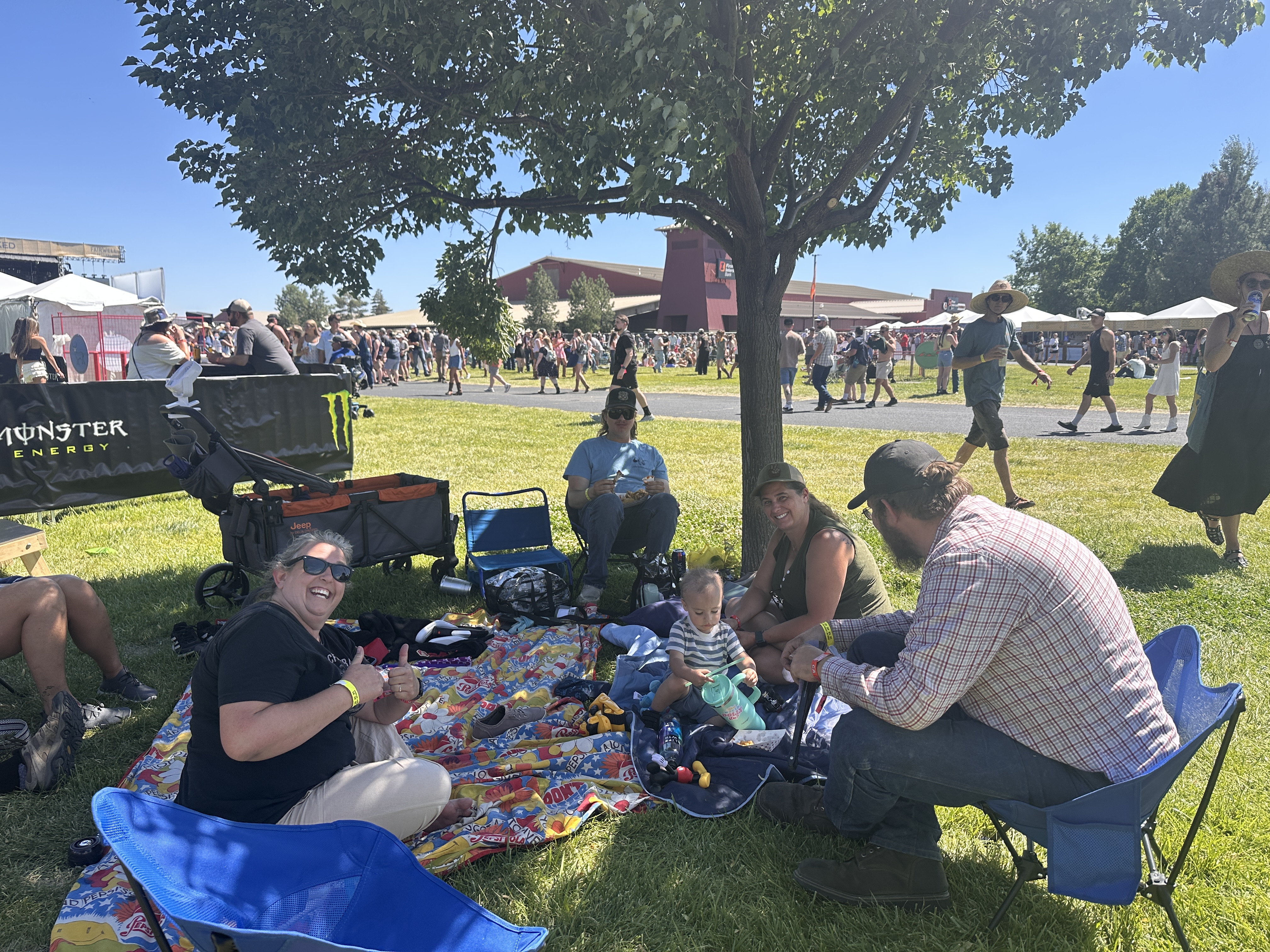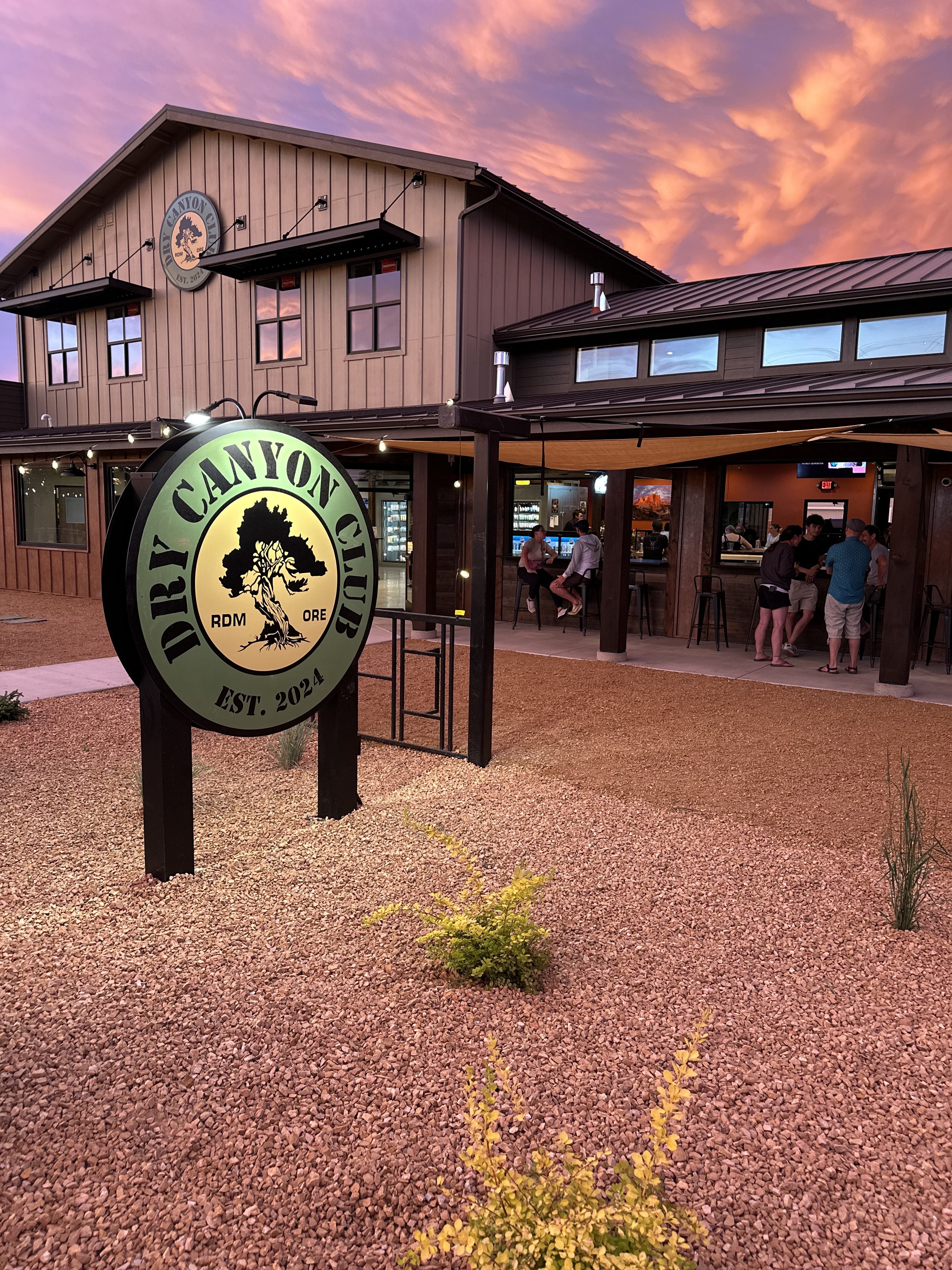Cascades East Transit expanding this summer
Published 12:00 am Wednesday, January 20, 2016

- Colby Brown / SpokesmanCascades East Transit buses make a stop at the Redmond library Jan. 18. CET is planning to add service hours to its community connector routes and possibly more stops on current routes.
Redmond will soon see changes in the services provided by the Central Oregon Intergovernmental Council through Cascades East Transit. What those changes are depends on how much COIC gets out of $1 million in grant money it is seeking.
Trending
But more service is certain.
COIC is planning the second phase of its regional expansion, which is scheduled for implementation this summer. It includes expanding services of community connector routes. The first phase was the Bend-area expansion, which will be completed this year.
“Central Oregon still operates like a regional area, and our riders go from community to community on a daily basis,” said Judy Watts, outreach and engagement administrator for COIC. “Expanding our services helps us better serve our riders.”
Trending
The second phase of expansion focuses on regional accessibility and includes adding more service hours on community connector routes, potential additional routes and new stops on current routes. CET had its highest ever monthly community connector ridership in October and had a 40 percent ridership increase overall from 2014 to 2015.
“It’s an absolutely necessary resource for people to transport back and forth to work opportunities and personal trips,” said Seth Johnson, executive director of Opportunity Foundation. “It’s a lifeline for folks who don’t have any other transportation options.”
Ridership data from last year showed an increasing demand for community connector route services. Since Redmond is geographically centered in CET’s area of operations, it acts as the main connection among communities, living up to the city’s nickname of “The Hub.”
“Redmond is really the hub for the community connector system,” said Andrew Spreadborough, executive director for COIC.
COIC is currently planning what routes the expansion will focus on. The Madras-to-Redmond route will likely see an addition of service. There is also potential to add a Sisters-to-Bend route.
The times of community connector routes will change to align to the fixed routes in Bend, which is proposed to sync the two transit schedules. Included with the route changes will be the addition of a real-time application for mobile devices, which allows riders to track where their bus is.
COIC is also looking to create more stops for community connector routes, but that depends on funding.
“Whenever transportation options and accessibility are increased, the people we support benefit, as does the broader community,” Johnson said.
Later this month, COIC will host outreach events for public feedback on where additional service is needed. It also plans to conduct an on-board survey this spring, which will give them rider info and usage data to be applied to expansion planning.
“We just want to know how the routes can better meet riders’ needs,” Watts said. “Our goal here is to connect to high-frequency destinations.”
Future planning for Redmond includes building a permanent transit hub. The temporary hub is currently located at the library. COIC applied for the ConnectOregon bond initiative through the Oregon Department of Transportation, which, if awarded, would allow it to move forward with the project in 2017. The announcement of which projects, out of almost 100 statewide, will be funded will take place in May.
“It’s a competitive grant, but I think we have a great shot,” Spreadborough said.
Having a permanent transit hub in Redmond will set the field for a fixed route as well, which is a long-range goal of COIC’s.
“We’ve recognized that the library is not our permanent home, and we’re looking for a new one,” Spreadborough said.
CET provides a dial-a-ride service in Redmond, which is utilized by employees and members of the Opportunity Foundation, among other community members. Increasing the amount of community connector services will aid riders without other transportation methods.
“CET really lacks the financial resources to have the variety of routes that are needed,” Johnson said. “But they are making the best of what they have. We as a community haven’t decided to fund them with our tax dollars. What they do is irreplaceable for those in our community that have disabilities, and until we decide to fund them as a Central Oregon community I don’t think we’re in a place to complain about their services.”
County officials said that more services on the community connector routes will open up availability for park-and-ride stations throughout the county. Although nothing is planned, the county is open to partnership with COIC to create park-and-ride stations.
Since most of the routes are on state highways, no major additions to the county road map are planned or necessary.
“It’s mainly going to affect city residents,” said Peter Russell, senior transportation planner for Deschutes County Community Development Department. “County residents can go to a park and ride, and using the shuttle cuts down on the wear and tear of their personal vehicles.”
COIC said service expansion is scheduled for this summer, though much of it is still being planned. Tracking of ridership data shows that the number of people utilizing CET continues to increase. And, as Central Oregon’s sole provider of public transit, COIC feels it necessary to keep up with the demand.
“I think we are seeing a lot of interest, and I think we are also not meeting all of the needs,” Spreadborough said. “The community is growing, and by adding services we’re meeting needs.”
— Reporter: 541-548-2185, cbrown@redmondspokesman.com








